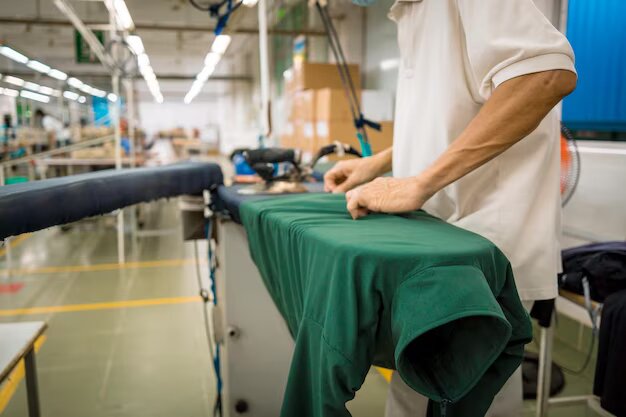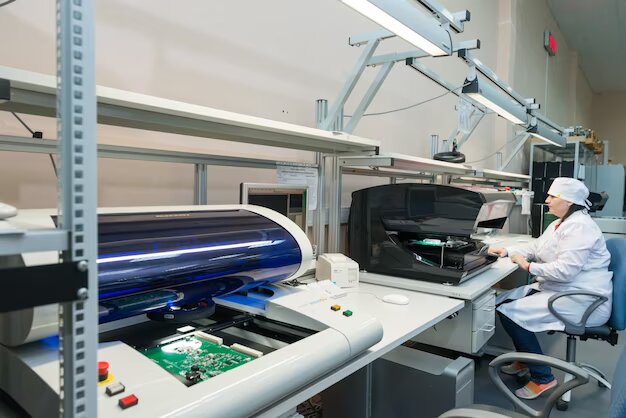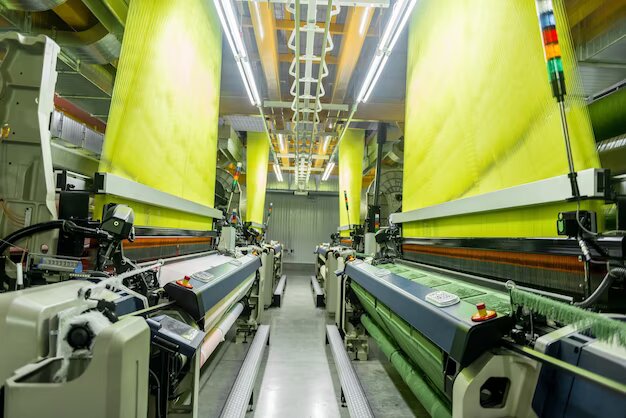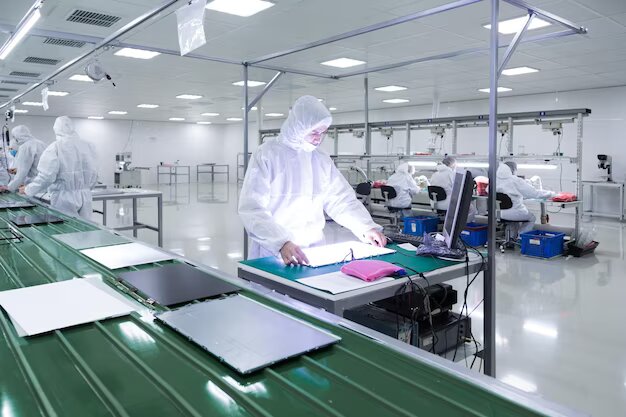Spotlight on Our Eco-Friendly Textile Manufacturing Processes

Implementing these practices not only benefits the environment but also enhances the overall quality of textiles
In today’s environmentally conscious world, eco-friendly textile manufacturing processes have become increasingly important. With a growing focus on sustainability, it is crucial for the textile industry to adopt practices that reduce its environmental impact. This blog post aims to shed light on the significance of eco-friendly textile manufacturing and explore various sustainable approaches employed by industry leaders.
By delving into the topic, we hope to inspire and inform readers about the positive steps being taken to create textiles in an environmentally responsible manner.
Sustainable Fiber Selection

Eco-friendly fibers play a crucial role in sustainable textile manufacturing. Manufacturers are exploring various alternatives to traditional fibers that have a significant environmental impact. Some of these sustainable fibers include.
Organic cotton: Grown without the use of synthetic fertilizers or pesticides, organic cotton reduces chemical pollution and promotes biodiversity.
Hemp: Known for its durability and versatility, hemp requires less water and fewer pesticides compared to conventional crops.
Bamboo: As a rapidly renewable resource, bamboo grows quickly without the need for excessive water or chemicals.
By opting for these eco-friendly fibers, textile manufacturers can minimize their ecological footprint while offering consumers sustainable and high-quality products.
Water and Energy Conservation

Water and energy consumption are significant concerns in textile manufacturing. To address these challenges, sustainable practices are being adopted to minimize the industry’s impact,
Water conservation: Advanced technologies such as water recycling and closed-loop systems help reduce water consumption. By reusing water and treating it efficiently, manufacturers can minimize their overall water usage.
Renewable energy sources: Textile manufacturers are increasingly shifting towards renewable energy sources, such as solar and wind power, to power their operations. This transition significantly reduces carbon emissions and dependence on non-renewable resources.
Innovative methods: Innovative approaches, such as low-impact dyeing processes and energy-efficient machinery, are being employed to conserve water and energy throughout textile production.
Chemical Management and Waste Reduction
Responsible chemical management and waste reduction are vital aspects of eco-friendly textile manufacturing. Manufacturers are focusing
Eco-friendly dyes and chemicals: Sustainable alternatives to harmful dyes and chemicals are being developed, ensuring minimal environmental impact during the dyeing and finishing processes.

Waste management: Proper waste management systems, including recycling and upcycling initiatives, help minimize textile waste and prevent it from ending up in landfills.
Textile waste reduction: Initiatives such as designing for circularity, encouraging product durability, and promoting recycling programs are being embraced to reduce waste and promote a more sustainable textile industry.
Supply chain collaboration: Building strong partnerships and collaborations across the textile supply chain fosters transparency and ensures ethical sourcing, fair labor practices, and environmental responsibility.
Consumer awareness: Educating consumers about the importance of eco-friendly textiles and sustainable purchasing decisions empowers them to support brands committed to environmentally responsible practices.
Embracing eco-friendly textile manufacturing processes is not only a responsibility but also an opportunity for the textile industry to contribute to a sustainable future.
By selecting sustainable fibers, conserving water and energy, managing chemicals and waste responsibly, and fostering collaboration and transparency, manufacturers can make a positive impact.
As consumers, we have the power to support sustainable brands and make informed choices that prioritize environmental well-being.By collectively advocating for eco-friendly practices, we can shape a more sustainable textile industry for generations to come.
